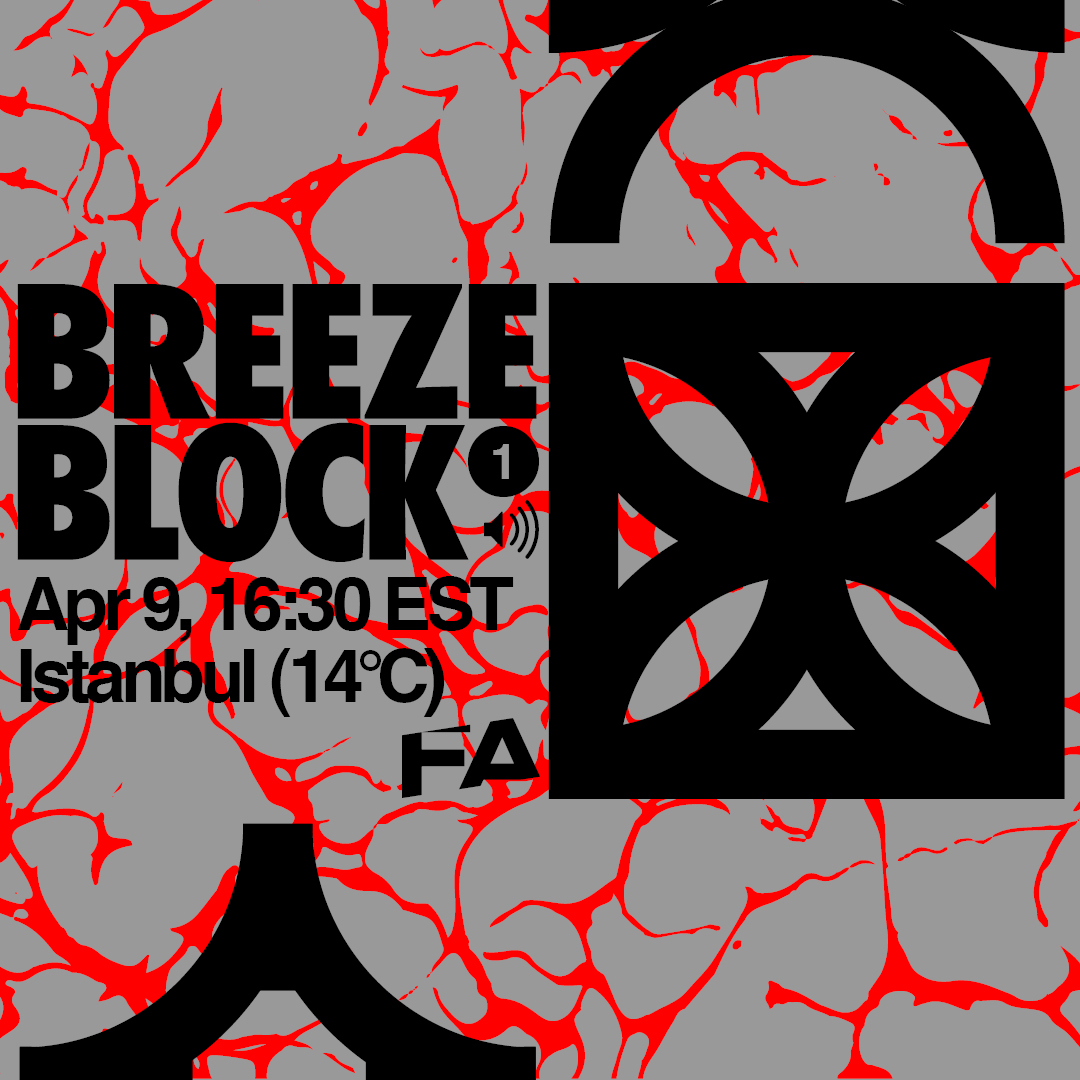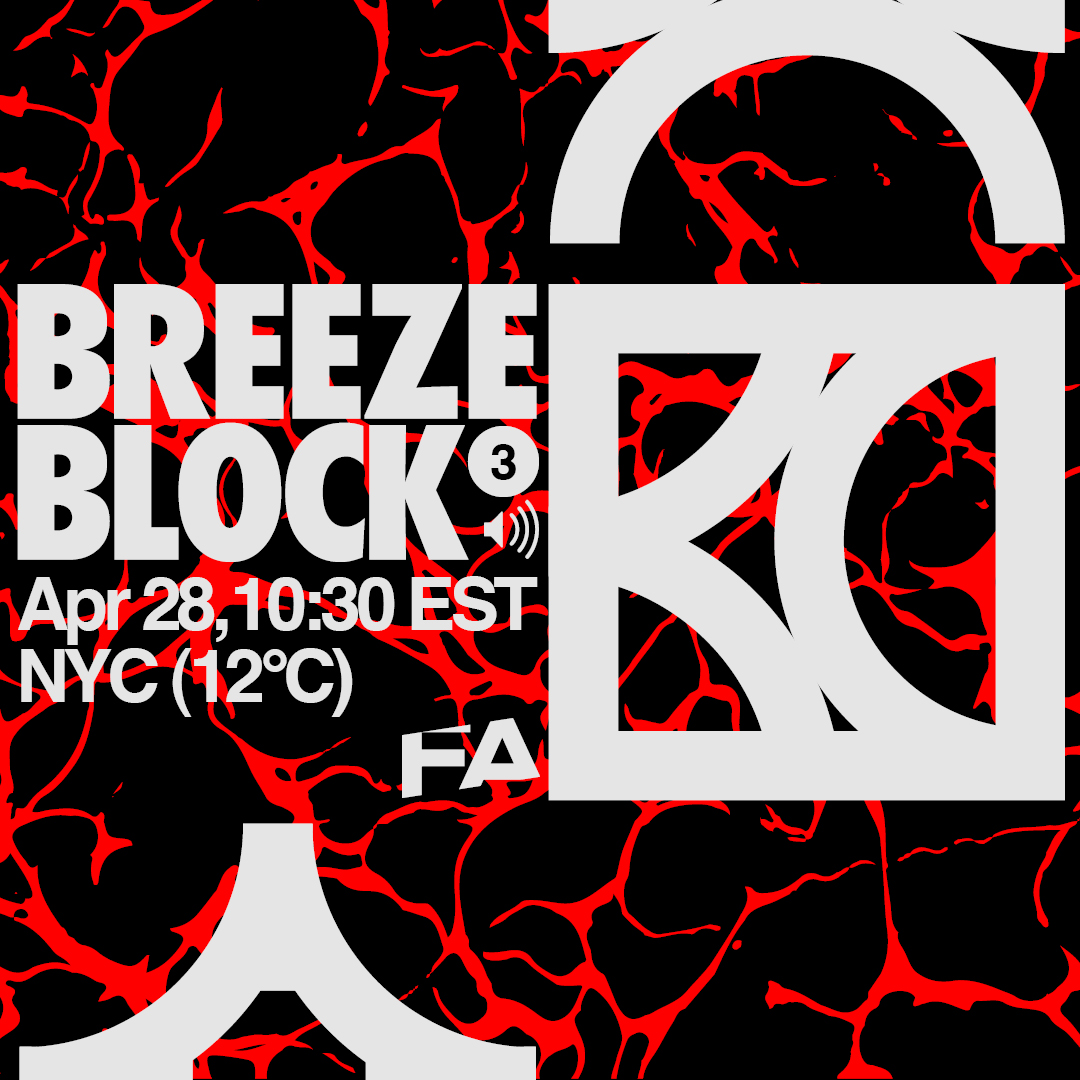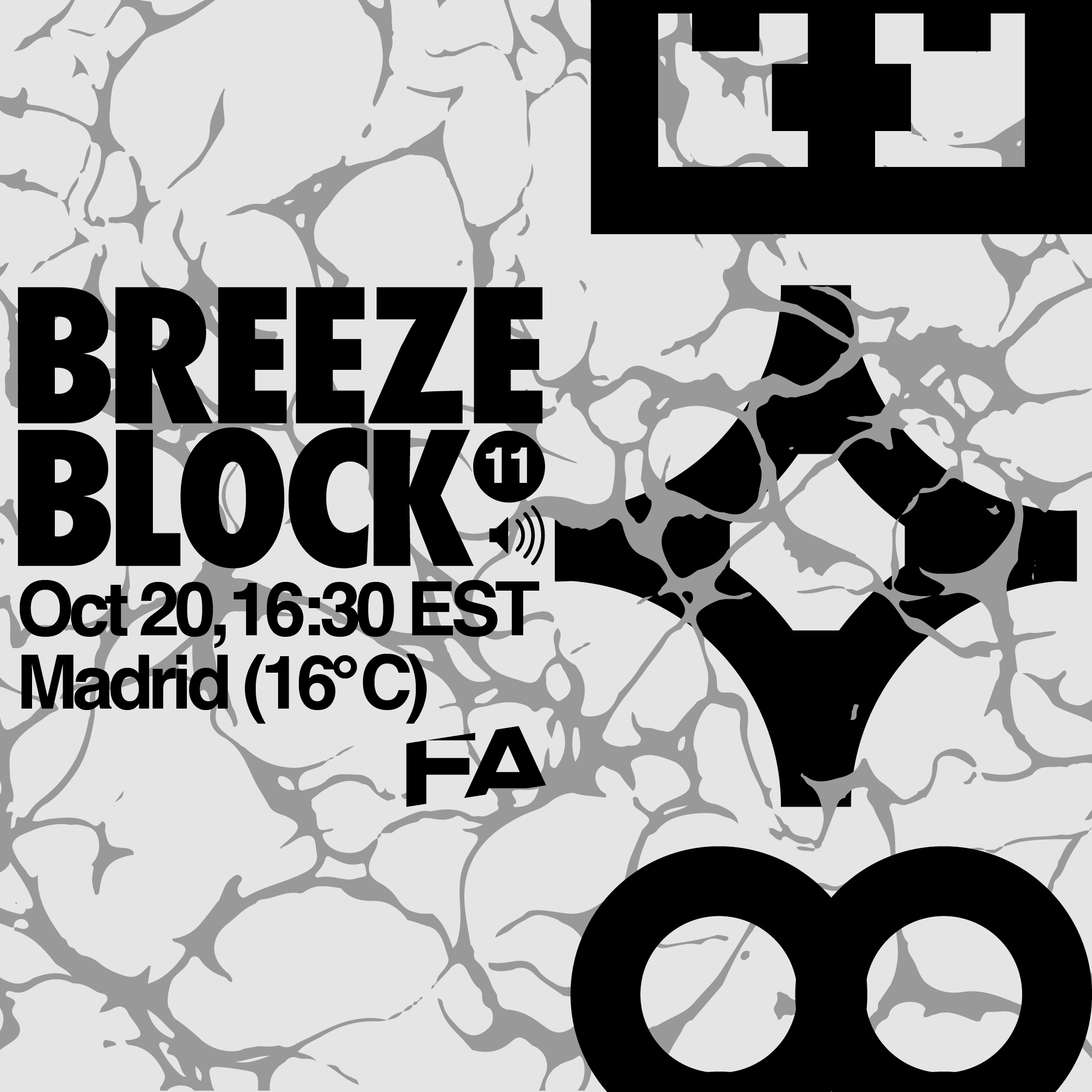Episode Transcript
Speaker 0 00:00:03 Welcome to failed architecture, breeze blocks, where our editors share their thoughts on works in progress, urgent matters, and current happenings in architecture and spatial politics. My name is Joshua McWhorter. In this episode, I'm joined by my fellow New York city based failed architecture editors, Michael Nicholas, and Kevin Rogan to discuss a topic that we can't quite seem to escape these days, as much as we probably like to, which is traditional architecture revivalism or tread architecture for short. Now this is a pretty complicated and convoluted subject. So let's just start off by talking about a recent article by well-known pop philosopher, Alandra Baton called why is the modern world so ugly in this article? David Baton argues in the broadest possible strokes. That very little great architecture has been built after 1900, and he actually likens the development of modern architectural aesthetics to it, quote unquote war on beauty in which a supposedly objective standard of attractive has been sacrificed at the alter of originality resulting in built landscapes that not only violate their inhabitants, supposedly natural sense of organic beauty, but also assault their mental wellbeing. Um, yeah. Wow. So obviously that, uh, argument is filled with a lot of half-baked assumptions and intellectual shortcuts. And Kevin, before we met to have this conversation, you mentioned that this article to some degree represents something of the soul of the larger trad arc movement that extends even beyond the kind of sphere of architects and critics and enthusiasts of architecture. Um, so I'd just love to hear more about how this very bad article represents the soul of the tread arch movement.
Speaker 1 00:01:41 Yeah. Um, with almost everything in this article, it doesn't really hold up if you think about it for really longer than like 30 seconds, it's, you know, kind of a point in our favor, but also bizarrely in chat architectures favor that it is so easy to grasp precisely what they're trying to say. Uh, the problem is it's just really stupid. What I would identify as the, the soul of this article is, um, some sort of idea of progress run amok where, and this is really indicated. I think it's like, it's like the first paragraph of the piece where he says something to the effect. Like if you transported, you know, a person into our contemporary world, they would be like odd with all of our technological progress and anything like that, but they'd find everything really ugly. It's not willing to fully commit to be traditional in any sense.
Speaker 1 00:02:34 And that is, as a result, debutante is still extremely tied to like a very retrograde and enlightenment view of progress where everything keeps getting better all the time. Except for in this particular instance, I think there's a two-fold argument here. One that humankind is sort of the progressive animals, so to speak. And to even perhaps before that, there is a certain sort of just commonsensical, uh, natural, primitive way that humans should live. And the environment in which humans should live should look like this for whatever reason that is represented as overly ornamented. Um, like the silica is temples whatever. And so I think this is actually where he departs from somewhat more reasonable and more accommodating, uh, perspectives that are more about cities where, you know, you have stuff like create streets and strong towns and things like that that say like humans should live in dense walkable areas if they're going to live in cities, which sure. It's hard to argue with that, but I think we're, we're dead Baton kind of falls apart is choosing a particular sort of aesthetic regime that indicates the primitive man. Um, and then running with that where there's a particular style does develops for, you know, millennia and that's it. And anything from, you know, departing from that is a aberration.
Speaker 2 00:04:14 The interesting thing about that is that it isn't really a coherent style. It's this kind of amalgamation of all these often contradictory styles. Like I don't think if you were to go back in time, like someone who is building a Gothic cathedral will think they were in the same movement of like classicism. I mean, it's clearly oppositional, but somehow the under the umbrella of traditional architecture, this is all has been subsumed as one coherent multisensory movement. Like that's completely legible as oppositional to whatever's happening in the modern world. That
Speaker 1 00:04:43 Is what's. So what is kind of so funny about it, because it requires such a, like a myopic and like half blind idea of what architectural aesthetic sexually art. I like, it's extremely wild to conflate, like, you know, a Gothic cathedral with a sort of Palladian, you know, temple or whatever you want to call it. Um, and say, these are all kind of expressions of the same general outpouring of, you know, untrammeled on alienated man, um, existing on his own and stuff like that. Like it, it requires such a bizarre retrograde nostalgia just in order to even make sense that I think this is actually why it appeals so widely because it's a ready-made aesthetic theory. That really just depends on how, how you feel about it.
Speaker 0 00:05:33 You know, even though Dave Baton and a lot of tread architecture, revivalists speak of this extremely generalized sort of pre modern style, there really is one kind of overarching unifier here, which is that it tends to kind of go back to this specifically like Western quote, unquote Western very European lineage of architecture, right. I mean, even in the images that did Bhutan chooses to use in this article, even if he's sort of speaking to that, the very general sense of like pre-modern architecture globally, all the photos are of like European towns, European cultural landmarks, et cetera. Maybe let's talk a little bit about this kind of conflation of tread architecture specifically with quote unquote Western culture and some of the funny and not so funny politics of that. Well,
Speaker 2 00:06:29 It's kind of interesting because I guess a lot of the work that a lot of these accounts online do is that they're constantly arguing that like there's no inherent politics to traditional architecture, like Gothic architecture, traditional, whatever. It doesn't have like a politics attached to it, which is true to an extent. But I think like the actual ideological work that's being done is the classification of all these different things as like a coherent vision when the only thing they have in common is that they were built by Europeans.
Speaker 1 00:06:59 Yeah. And in that also is really funny and sort of the same way the aesthetic, uh, conflation is because it also is nostalgic for a sort of United Europe that never existed. I mean, the producers of these pieces would have definitely like killed each other dead in the street or in the, you know, sensibly designed walkable street if they had been given the chance and for hundreds of years. Um, and so it it's really funny because it sort of reports a native United Europe expressing itself in, in architectural work that absolutely flies in the face of anything, you know, even a like high school history class to teach you. But that is, what's so important because so much of, you know, just to touch on the darker side that Josh mentioned so much of like the kind of identitarian movements and like free Europa and stuff like that really do depend on this kind of like facsimile pastiche idea of being European above all and being from a particular European country, secondarily speaking.
Speaker 1 00:08:15 And so already there, you know, if we're talking about like a pseudo philosophical theory of a return to a natural life, natural life is so far off stage at this point, it doesn't even matter it's natural life. And so far as I would say to, to treat a charitably, a pre capitalist agrarian European lifestyle, um, but then pre capitalists is a far cry from being anticapitalist per se, because to go back to debutantes ideas of progress, capitalism in a foreign context has very different sort of indicators particulars than it would for say the left where capital is a globalizing destroyer of tradition rather than any particular sort of economic system.
Speaker 2 00:09:09 Yeah. And there's kind of this progressive vineyard to it because the other coherence that like this traditional architecture revivalist has is that it's oppositional to another coherent architectural tradition of modernism. And they love to poke and like pick and choose from like different modernists, like early modern texts. And this case, he, he draws from all flutes and talks about ornamented crime as supposedly this document that is skews beauty in all its forms and argues for an ugly architecture, which is more suitable to like capitalist cities or whatever financial development he is hinting at, but will actually define it. Hi
Speaker 3 00:09:45 There. So a super quick editor's note in case you can't quite catch the name in the next few minutes, Kevin refers extensively to the work of Italian architectural theorist, men of Frito Toferi okay. Back to the podcast.
Speaker 1 00:09:57 So for you talks to time about the transitional phase in which architecture slowly becomes a, like it relinquishes its prior ability to orchestrate and then minister production, um, to capital it offers that what ferry just calls the plan to capital, which then turns it around and like uses it in ways that architecture has never dreamed of. Um, and so what he's really talking about is kind of this shift out of, and the slow destruction of what we now call a traditional architecture, classical architecture, where he calls Palladian aneurysm, um, which I really like already sort of within the 18th and 19th centuries. So this is an architecture free of politics return to sublime uselessness. This is really funny because prior to that, the entire intention of architecture was to produce a certain amount of utility, which I would argue most trads now would say is the problem with modernism is that it's too utilitarian.
Speaker 1 00:11:03 And they would be kind of right, because, you know, nobody loves fibrous cement or anything like that. Um, but to fray continues and says, when we observe a piece of Victorian architecture, we are struck by the over rottenness of the object all too rarely do we consider that for 19th century architects, eclecticism and plurality of expression was the proper answer to the multiple disintegrative stimuli introduced by the new physical environment configured to technologies, the universe of procession. So in that respect, these sort of like outpouring of late phase classical architecture, so to speak is precisely a, a sort of reaction to essentially a capitalist machine went to very, always refers to is the universe of precision that already turned architecture simply into the construction of an object. And so he goes on and says like, basically the only way that architecture tries to back itself out of this as a field, as a discipline, is to make those objects. So just overwhelmingly theatrical and sort of self-contained, um, that it achieve some sort of draw of attention to itself. So what's very called shock. I'm in shock value in the form of the avant-garde and they fail. And so that's yeah. And you can, you can say pretty clearly the architecture that did Baton is, are, is thinking about most likely is already a parody of Greco, Roman classicism of, you know, any number of things. So it's a copy of a copy of the copy is what he's looking for at this point in time.
Speaker 2 00:12:48 Cool. Yeah. It's not, it's like very distinct from like the original intentions of, I dunno, neoclassicism if you want it, do it to that. And it's like, if Vitruvius had the technology, like I have no doubt that he would have wanted to do a Plaza, like it's like totally aligned with like his philosophy and it absolutely like the Neo traditional movement and like new organism and all these kinds of derivative movements are just kind of a continuation of modernism because they have these high social aims that it's maybe for reactionary reasons, but it still shares like the same goal that modern architecture had to like change human behavior and have humans aspire to something greater through the built environment, which is like essentially like just a problem that like architects were dealing with maternity. This is like this big condition where everyone feels alienated and maybe architecture is something that could give meaning to people's lives. Like it's not any different than the stuff that it's claiming to be reacting against. Well,
Speaker 1 00:13:42 Two things basically we've already touched on the first one, which is that the traditional architect sort of like as a first principle has to reduce everything that occurs. Let's say using debit tons, a demarcation of 1900, everything built before 1900 now falls under the broader umbrella of traditional style. So in that sense, traditional style becomes just another aesthetic choice. One can slap onto any given building, which is again, kind of flying in the face of modern architecture, which, you know, form follows function by law. But to the largest degree is kind of the recognition that there is a failure to communicate like what a building does with, without it being expressed. And so like when we reduced traditional architecture to a aesthetic choice that can then be applied to any given functional space, let's say we can have a traditional house or, you know, we can have a non traditional house, whatever it already is falling into the game of, I don't, I don't really want to say maternity, but maybe that is because it is at such a verified aesthetic level that is completely divorced from anything on the ground. And so this is kind of getting at is like, all it comes down to is like, what, what trim profiles you decide to order? Like, if you're a modernist, you order a flat rectangular one by if you're attracted you, order something slightly more neat and you slap it up and call it a day. Like I, and that that's all it is. And if they really wanted to be trad, they would, um, they would, they would create recreate the Guild system.
Speaker 1 00:15:27 If they really wanted to be trad stone cutters would be able to bring this country to its knees if you looked at them wrong. Yeah.
Speaker 2 00:15:35 So basically what you're saying is that treads are moderates and where the real tracts.
Speaker 1 00:15:41 That is exactly. That was exactly correct. They, they, yeah. Real traditionalism has never been tried. Yeah. Until
Speaker 4 00:15:50 Our firm opens its stores. Right. Yeah. Um,


